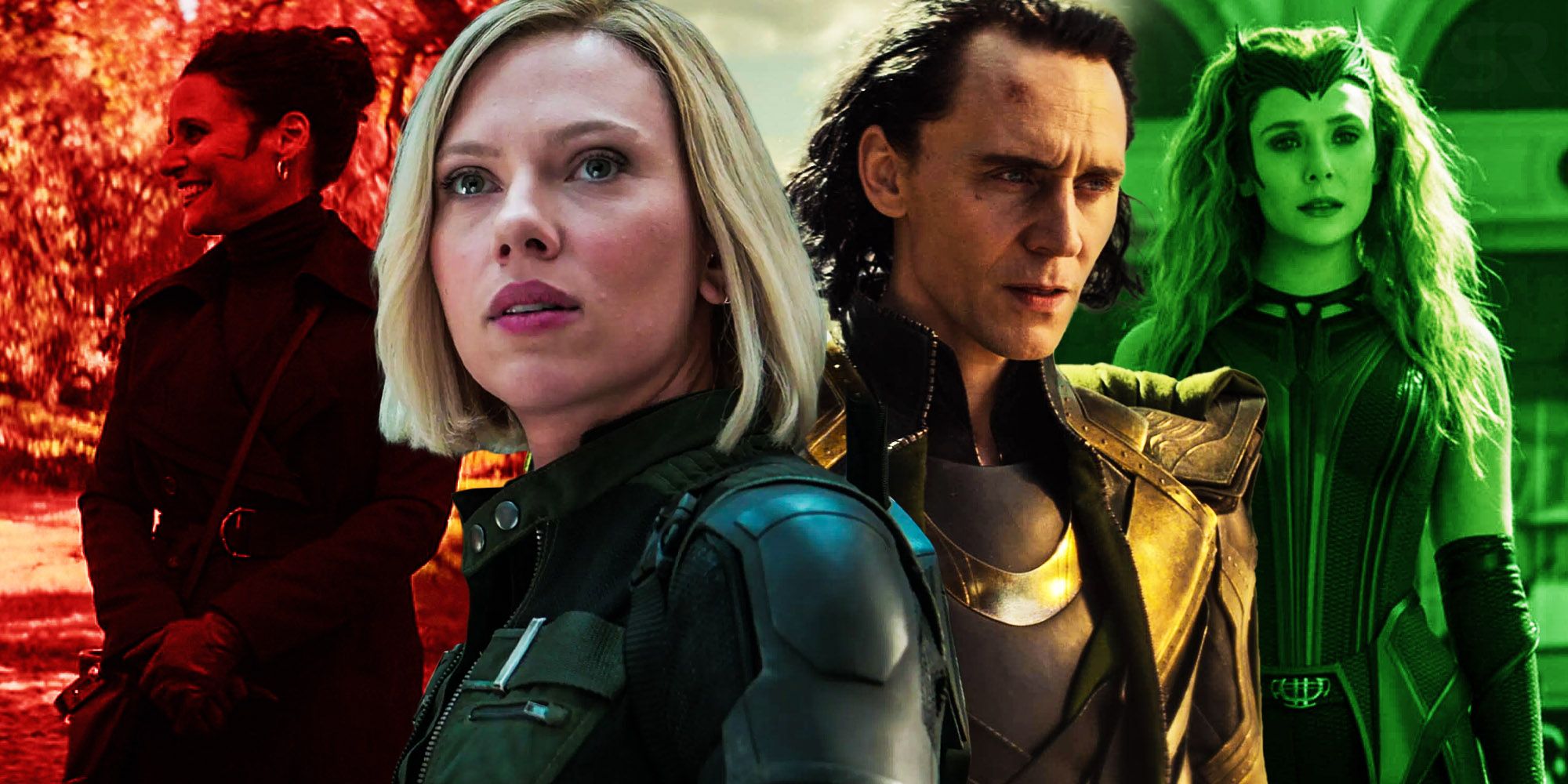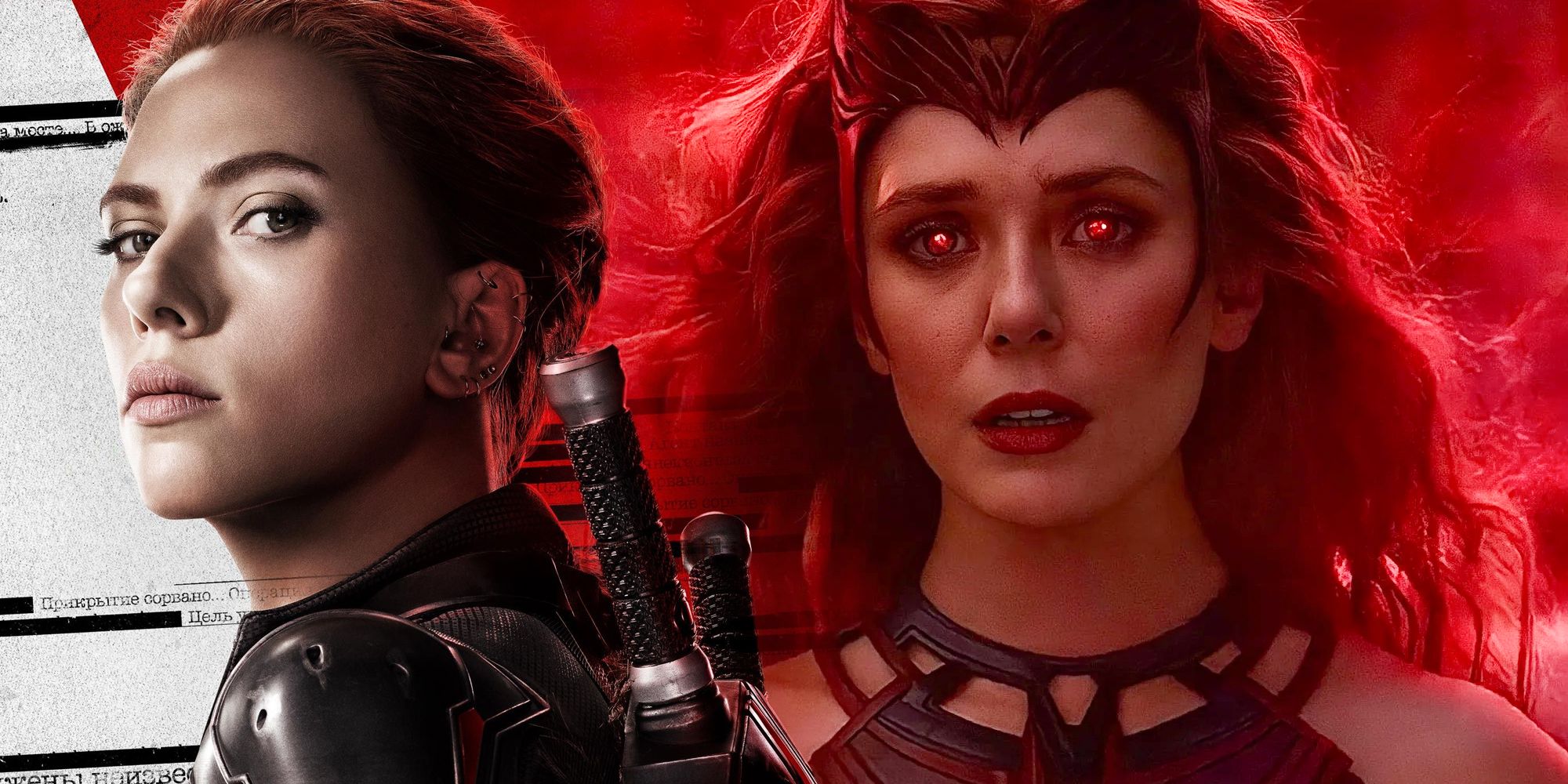
Warning: This post contains Black Widow spoilers.
Black Widow shows Marvel Studios has completely changed its approach for Phase 4. The Marvel Cinematic Universe is undoubtedly one of the greatest successes in the history of Hollywood, but the next few years will test it as never before. In addition to increasing the number of films they release each year, Marvel Studios is also now producing a wealth of TV shows that will tie directly into the franchise's overarching narrative.
It's easy to underestimate just how challenging this will be for the film studio. It wasn't until 2017 the studio increased its output to three movies a year, and this workload is the reason Marvel discontinued their old one-shots. "We’re just so busy," Marvel Studios co-president Louis D'Esposito observed in 2018 when explaining why they'd stopped making this beloved one-shots. "Disney wants us to do it, we want to do it, and I keep telling them, ‘I’ll do it on the next film,’ but I keep breaking my promise." So how will Marvel manage their new workload, which involves a pretty much nonstop production schedule? And how will they ensure there's a consistent narrative running through the films and TV shows, while allowing writers, directors, and showrunners a degree of flexibility?
Black Widow's post-credits scene offers a vital clue. Where Phases 1-3 were principally the Infinity Saga, with a single overarching narrative building towards Avengers: Infinity War and Avengers: Endgame, the MCU's new approach seems to be different. Now, Marvel appears to be dividing their projects into what can be called "sectors," carefully controlling the number of ties and connections in order to ensure things don't get too complicated. The identifiable sections right now are:
- What can be called the "Contessa" sector, after Julia Louis-Dreyfus' Contessa Valentina Allegra de Fontaine. The Contessa's precise role is currently unclear, but Black Widow's post-credits confirm she ties together Black Widow, Falcon & Winter Soldier, and Hawkeye.
- A Multiverse sector, the dominant one in the opening of Phase 4, running through several Disney+ TV shows - WandaVision, Loki, and Marvel's What If..? - before taking to the big screen in Spider-Man: No Way Home and Doctor Strange in the Multiverse of Madness.
- There's also a high likelihood Secret Invasion and Ms. Marvel are in the same sector as The Marvels, the sequel to Captain Marvel.

This was probably always the approach Marvel planned to take with Phase 4, which was initially supposed to begin with Guardians of the Galaxy Vol. 3 - a film that was supposed to shape the cosmic future of the MCU - presumably launching the cosmic sector. "When we're talking about Guardians of the Galaxy 3, and that story, that's a story that will lead to other stories," James Gunn explained back in 2017. "It's innate to the DNA that that's the end of a trilogy but it's the beginning of a whole other element of the Marvel Cosmic universe."
This is probably the only way Marvel could possibly handle the increased workload and the sheer number of ongoing narratives they're going to be working with. It makes sense to expect limited overlaps between the different sectors - for example, Teyonah Parris' Monica Rambeau was introduced in WandaVision, but is moving out of the Multiverse sector to appear in Captain Marvel 2. That will help ensure viewers still feel as though everything's in the same world. But those cross-sector links will probably be few and far between, and carefully managed so things don't become overwhelming for the studio. It also seems likely for each sector to build up to a climax, and if Marvel plan things well they could have one such climax movie each year, ensuring every year has a major "event" film. If that theory is correct, Doctor Strange 2 is presumably the climax of the Multiverse sector in 2022 - and the others are still building up from a base established by Black Widow. That could mean viewers experience the MCU's Phase 4 in a very different way to previous phases - but it would also be a sustainable approach in the long-term, ensuring the MCU can continue to grow in the foreseeable future.
No comments:
Post a Comment